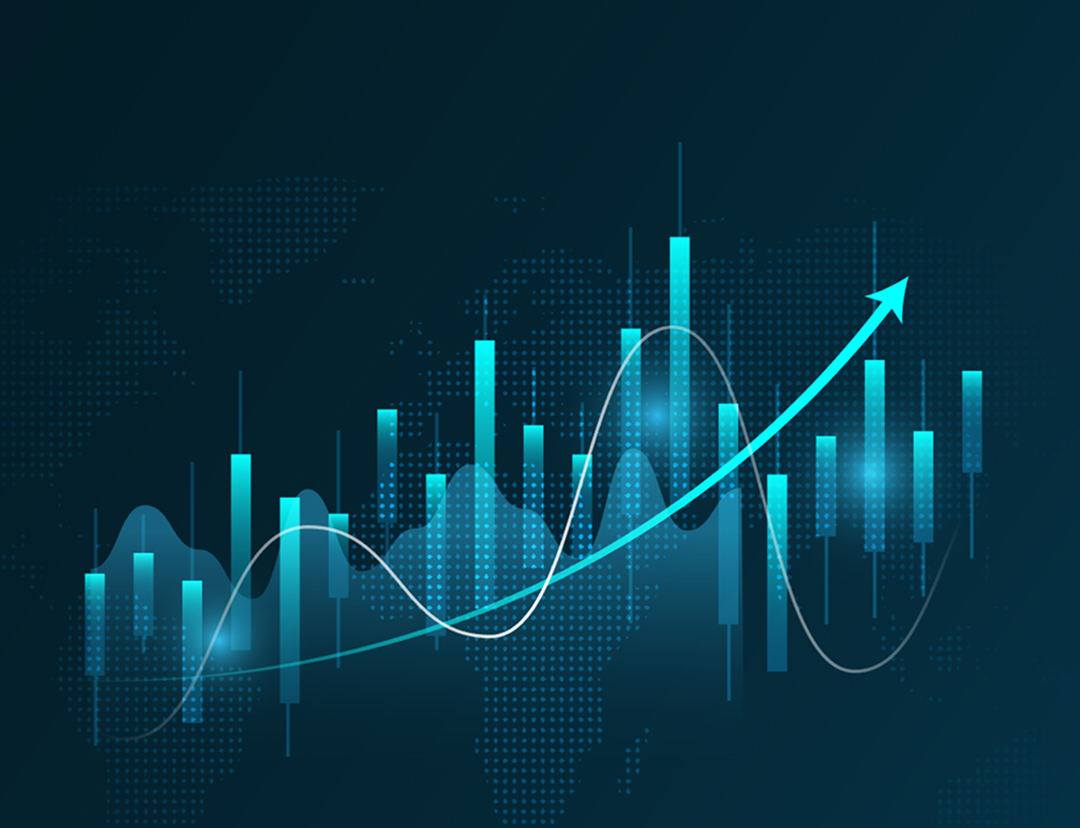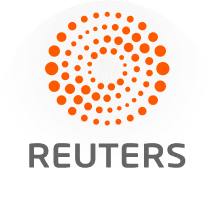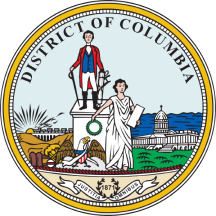Policymakers and business leaders are preparing for the release of inflation data on Tuesday. This report will provide insight into price increases as the economy faces potential inflation driven by tariffs. It will be the first significant data release from the U.S. Bureau of Labor Statistics (BLS) since the recent dismissal of its commissioner by Trump.
The inflation report comes after a weak jobs report was released earlier this month. Price increases have accelerated over the past two months, particularly affecting commonly imported goods such as clothing, furniture, and toys. Analysts have indicated that tariffs have played a modest role in the overall rise in inflation.
Economists predict that prices rose by 2.8% in July compared to the same month last year. This would represent a slight increase from the 2.7% year-over-year growth recorded in June. However, this anticipated inflation rate remains below the 3% recorded in January, the month Trump took office.
On August 1, Trump dismissed BLS Commissioner Erika McEntarfer, who was appointed by former President Joe Biden and confirmed by a bipartisan Senate vote in 2024. In a social media post, Trump criticized McEntarfer, making unsubstantiated claims that the data had been manipulated. The jobs report included revisions of previous months' data, a standard practice.
In his social media remarks, Trump highlighted his economic achievements, stating, "The Economy is BOOMING under 'TRUMP' despite a Fed that also plays games, this time with Interest Rates."
Currently, BLS Deputy Commissioner William Wiatrowski is serving as the acting commissioner while the Trump administration seeks a replacement. The upcoming inflation data arrives at a precarious time for the U.S. economy. The weak jobs report from August 1 raised concerns among analysts about a potential recession. The data indicated that employers are hiring at the slowest rate since 2020.
This report followed GDP data that showed an average annualized growth of 1.2% for the first half of 2025, significantly lower than the 2.8% growth during the same period last year. The combination of rising prices and sluggish hiring raises the risk of stagflation, a situation where the economy slows while prices continue to rise.
Stagflation presents challenges for the Federal Reserve. If the Fed raises interest rates to combat tariff-induced inflation, it could hinder borrowing and further slow the economy. Conversely, lowering rates to stimulate the economy could increase spending and exacerbate inflation.
The Fed's next rate-setting meeting is scheduled for September. According to the CME FedWatch Tool, which gauges market sentiment, there is an 86% chance of an interest rate cut.

 America News
America News

 CNN
CNN Raw Story
Raw Story Reuters US Domestic
Reuters US Domestic AlterNet
AlterNet Local News in D.C.
Local News in D.C. Newsweek Top
Newsweek Top RadarOnline
RadarOnline